Maximus VI Extreme Beats The 2V Cap On Intel Haswell FIVR
If you've missed our introduction to FIVR, be sure to read that first. It will guide you through the relationship between VCCIN (input voltage) and VCore.
The Problem: Haswell CPUs Are Limited To 2.0V
The problem for extreme overclockers is that Intel has limited its Haswell CPUs to 2.0V. This means, no matter if a(ny) motherboard uses 8/12/more VRMs for VCCIN, despite slight variance in current draws between CPUs there will always be a limit on the total wattage that can be pulled, making extra VRM's useless. That is, until ROG engineers got their hands on it.
The Solution: Make Maximus VI Series Ignore The Rules
The ROG engineers have successfully designed a system that can exceed the 2.0V limit imposed by Intel, meaning if you are extreme overclocking with a focus on CPU performance, the Maximus VI Extreme is the only serious option you should consider. Still an unbeliever? Well this was also the secret behind the preliminary batch of overclocking world records ASUS attained during Computex 2013. Note this is not just a BIOS hack. It requires a ground up design implementation. Actually, the unlock is also available on the Formula, Gene and Impact as well, but we expect it's use will be largely limited to the Extreme given its target audience needs 2+V. (Although we definitely do look forward to seeing mini-ITX results exceeding 7GHz!). To engage the tweak, first flip the jumper to LN2 Mode, then enable “Fully Manual Mode”, “Max Vcore” and “Max Cache voltage” options in the BIOS. Enabling these options will disable individual CPU Vcore and Cache Voltage control, instead tying them in a fixed ratio to the Eventual CPU Input Voltage (VCCIN) within the normal range. VCCIN can then be controlled by the BIOS or on-the-fly by the OC Panel from within the OS.  When disabled it allows the individual voltage offsets, CPU Vcore and cache voltage to be adjusted like normal.
When disabled it allows the individual voltage offsets, CPU Vcore and cache voltage to be adjusted like normal.  With the three Enabled these factors are now locked in a fixed ratio to the Eventual CPU Input Voltage. Using the OC Panel to push the VCCIN on the fly, master overclocker Andre Yang, helped provide us with evidence showing an LN2 cooled i7-4770K push beyond the limit on the Maximus VI Extreme. (Also note that the measured voltage is more accurate than the CPU-Z voltage readout as well.)
With the three Enabled these factors are now locked in a fixed ratio to the Eventual CPU Input Voltage. Using the OC Panel to push the VCCIN on the fly, master overclocker Andre Yang, helped provide us with evidence showing an LN2 cooled i7-4770K push beyond the limit on the Maximus VI Extreme. (Also note that the measured voltage is more accurate than the CPU-Z voltage readout as well.)
Stage 1: 2.55V VCCIN = 2.087V Vcore
Stage 2: 2.6V VCCIN = 2.138V Vcore
Evidence of running CPU:
Author
Popular Posts
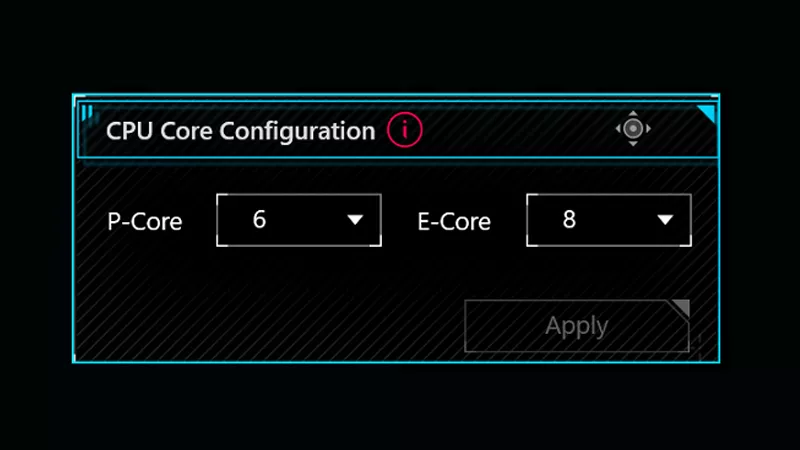
How to adjust your laptop's P-Cores and E-Cores for better performance and battery life

How to Cleanly Uninstall and Reinstall Armoury Crate
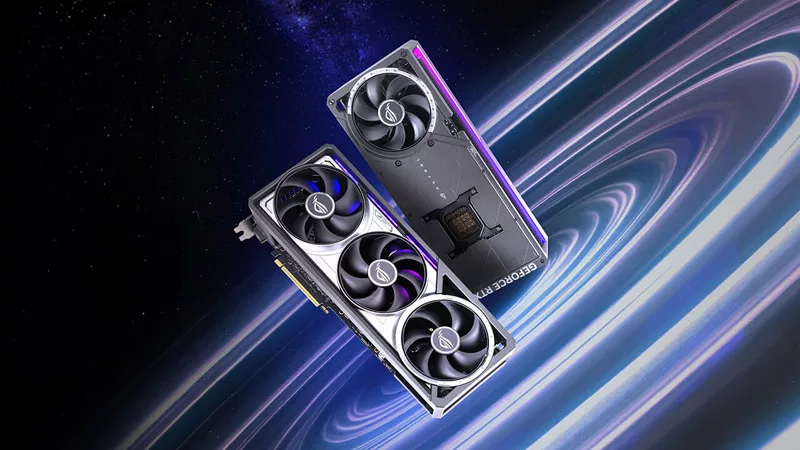
Introducing the ROG Astral GeForce RTX 5090 and 5080: a new frontier of gaming graphics
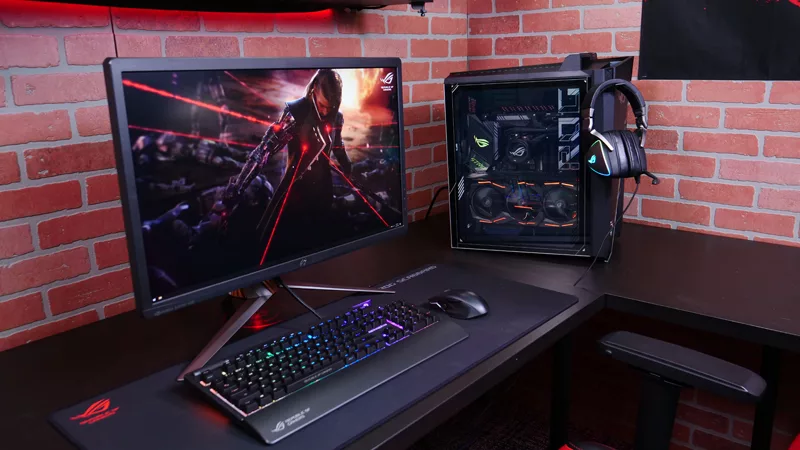
How to configure your PC's RGB lighting with Aura Sync
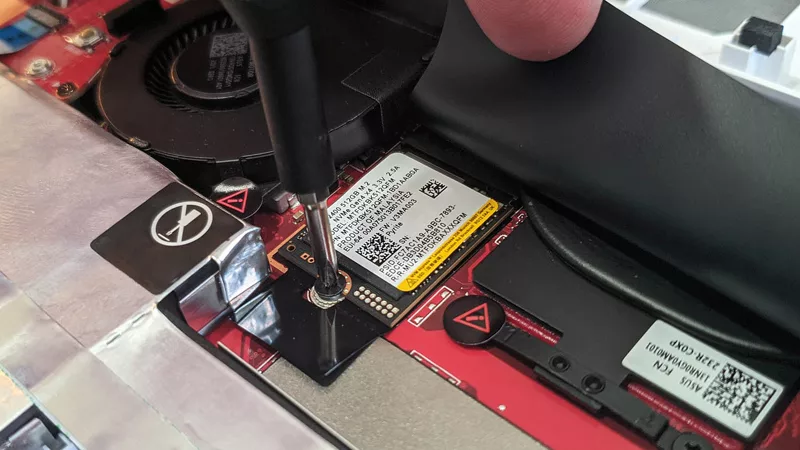
How to upgrade the SSD and reinstall Windows on your ROG Ally or Ally X
LATEST ARTICLES
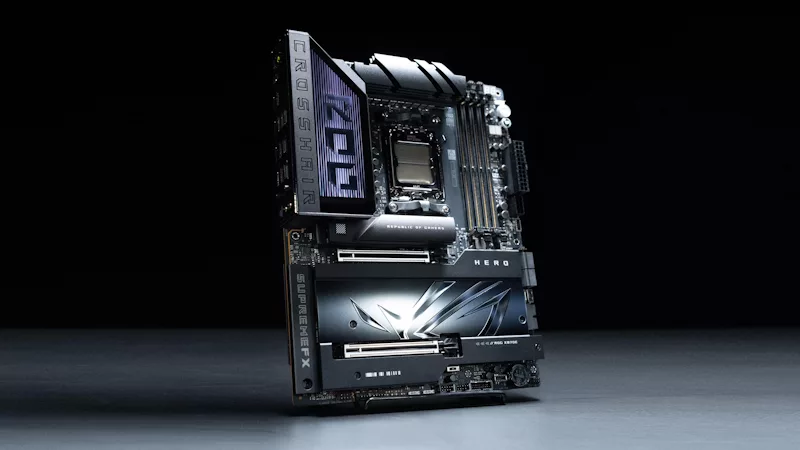
ROG Strix vs Extreme vs Apex vs Hero: What's the difference between ROG gaming motherboards?
When we launch a new generation of motherboards, we don’t just design one model and expect it to meet everyone’s needs. We give you a broad range of options from our ROG Maximus, Crosshair, and Strix lineups so that you can find the board for your next build.
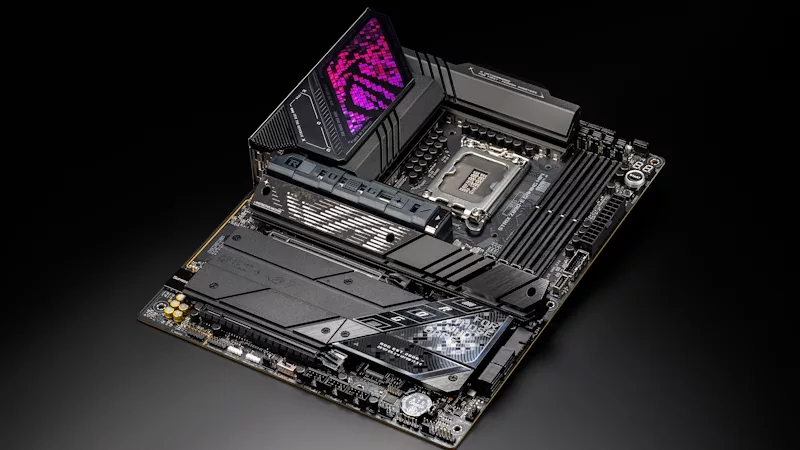
Install up to seven M.2 SSDs on one motherboard with new ROG M.2 PowerBoost tech
Here's how ROG M.2 PowerBoost allows you to install more M.2 drives in one system while enjoying more stable performance.
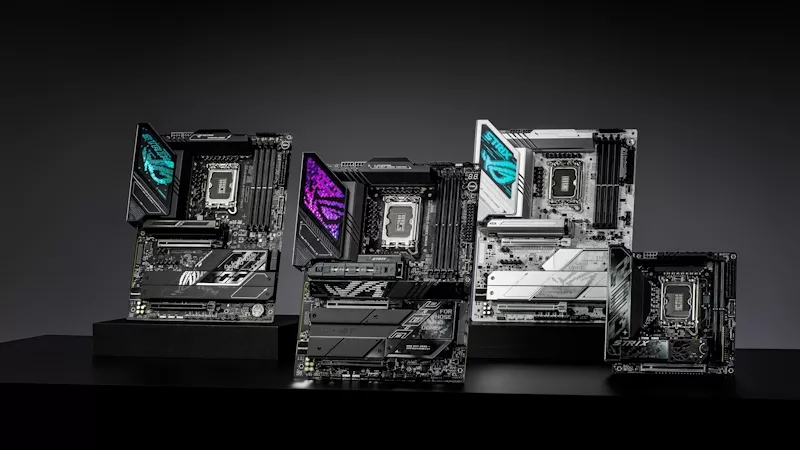
ROG Z890 motherboard guide: meet the new contenders for your next gaming rig
New ROG Maximus and ROG Strix Z890 motherboards stand ready for your Intel Core Ultra (Series 2) CPU.

New Z790 motherboards from ROG pave the way for 14th Gen Intel Core CPUs
WiFi 7 support, more fast storage, front-panel device charging, intelligent controls — our latest Z790 motherboards have it all.
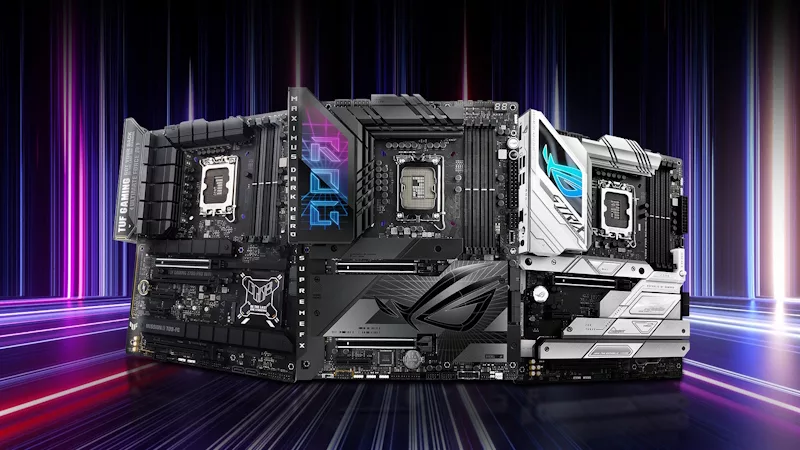
New Z790 motherboards from ROG pave the way for next-gen Intel Core CPUs
WiFi 7 support, more fast storage, front-panel device charging, intelligent controls — our latest Z790 motherboards have it all.
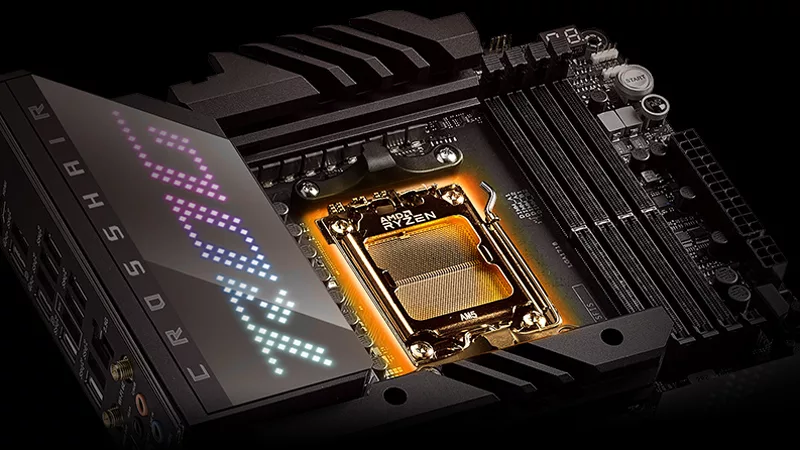
The best motherboards for a Ryzen 9 7950X3D CPU from ROG and TUF Gaming
AMD has released two new processors with 3D V-Cache technology: the Ryzen 9 7950X3D and the Ryzen 9 7900X3D. ROG and TUF Gaming X670 motherboards will provide a rock-solid foundation for these new top-tier chips.


